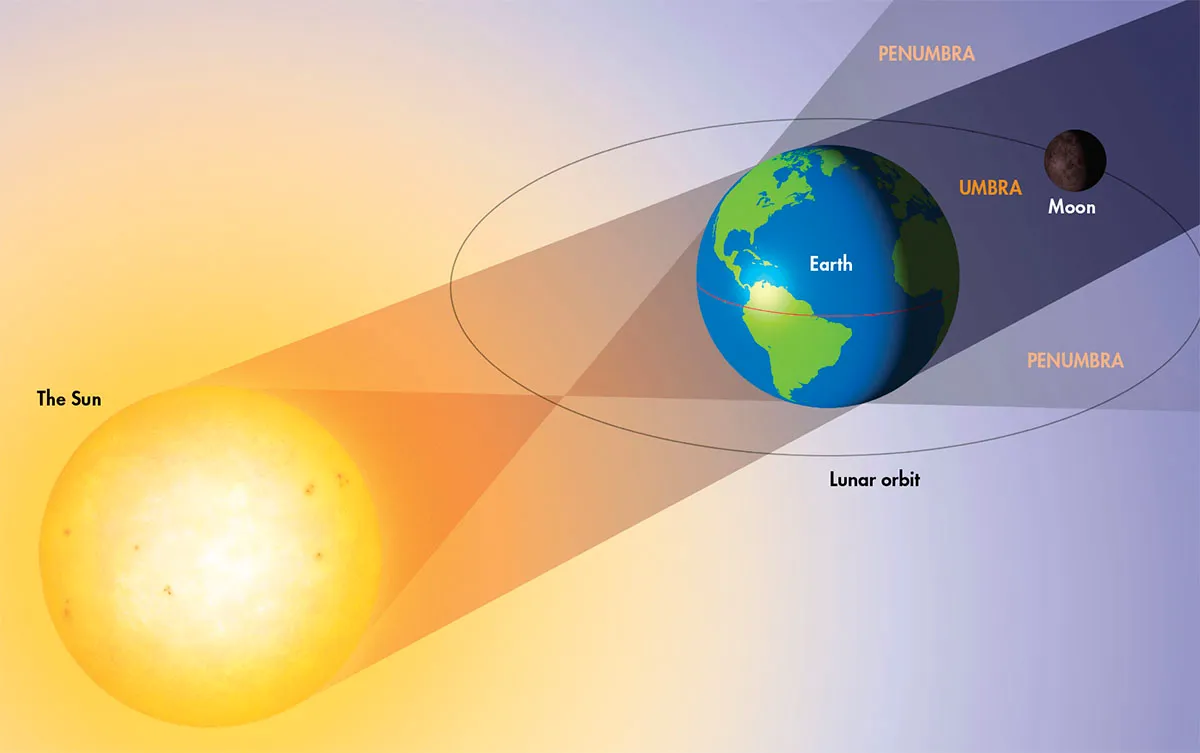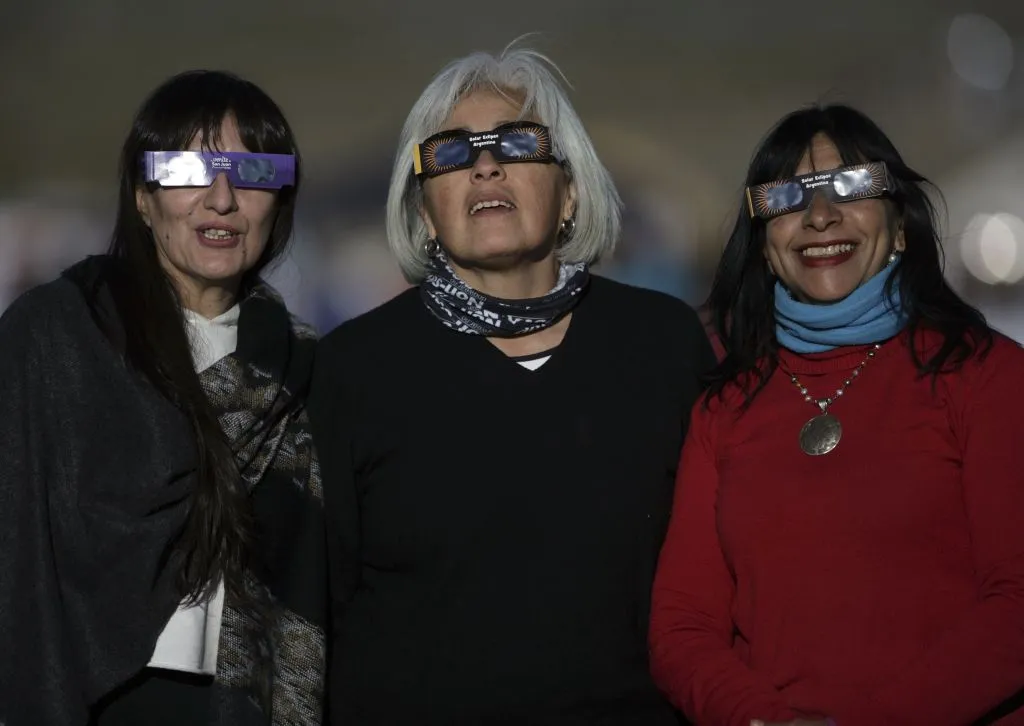There's a partial solar eclipse visible over parts of New Zealand, the southeast coast of Australia, Pacific islands and Antarctica at the beginning of next week.
On 22 September 2025 (local time), this region of the world will be able to see the Moon cover part of the Sun.
If you're located on the path of the solar eclipse, count yourself lucky! Not many people are in your position, so this is a great opportunity.
Here we'll look at which territories will be able to see the partial solar eclipse, and tips for viewing.

Best places to see the eclipse
The 22 September eclipse is a partial solar eclipse, meaning the Moon will only cover part of the Sun, but not all of it.
New Zealand will be one of the best countries to see the eclipse, and it will be visible there as the Sun rises in the morning.
The best places to see the solar eclipse in New Zealand are the southernmost parts of the country, such as Christchurch, Dunedin and Invercargill.
The southern half of Stewart Island is the best place in New Zealand to see the eclipse, in terms of how much of the Sun will be obscured by the Moon.
New Zealanders may be able to see up to around 70% of the Sun eclipsed by the Moon.

In Australia, the view of this partial solar eclipse will be very restricted, as the Sun will be partially eclipsed as it rises above the horizon in the morning.
Even then, only observers on the very tip of the east coast will be able to see a thin sliver of the Moon blocking out the Sun.
Pacific islands that will get the best views of the eclipse – relatively speaking – include the Cook Islands, Fiji, Norfolk Island, Tonga and Vanuatu.
Some of the best views of the 22 September solar eclipse may be had from Antarctica, meaning anyone observing from research stations there is in a good position to see or capture an image of this eclipse.
If you are based at a research station and are able to capture such an image, please do send it to us. We'd love to see it!

Key timings
Timings for the September 2025 solar eclipse are included here in UTC, which means they relate to 21 September.
But for the regions around New Zealand and Australia, where the eclipse is actually visible, this translates into early morning, 22 September, local time.
Eclipse begins (first partial): 17:30 UTC
Maximum eclipse: 19:41–19:43 UTC
Eclipse ends (last partial): 21:54 UTC
For local timings and to see an interactive eclipse map, visit Time and Date's dedicated webpage for the 22 September 2025 eclipse.
Didn't we just have an eclipse?

If you're wondering whether it's a coincidence that New Zealand, Australia and the surrounding regions are witnessing a solar eclipse just weeks after a lunar eclipse occurred over the same area, it's not.
Solar eclipses are sometimes preceded by a lunar eclipse, and it's all to do with the clockwork, predictable motion of the Sun-Earth-Moon system.
A lunar eclipse occurs at full Moon, when Earth is between the Sun and the Moon.
About two weeks later, new Moon occurs, which is when the Moon is between Earth and the Sun, and which sometimes results in a solar eclipse.

But we don't always get a lunar eclipse at full Moon, and we don't always get a solar eclipse at new Moon.
The Sun-Earth-Moon system has to be tilted such that, in the case of a lunar eclipse, Earth's shadow is cast on the Moon; and in the case of a solar eclipse, the Moon's silhouette blocks out the Sun.
And if the three bodies were aligned just right for a lunar eclipse to occur at full Moon, then chances are the three bodies will still be aligned two weeks later, and a solar eclipse will occur.
How to see the eclipse safely

As this is a partial solar eclipse, the Moon will at no point obscure the Sun completely.
That means eclipse glasses must be worn for the duration of the event, as observing the Sun with the naked eye can damage your eyesight.
You should only wear safe, certified solar eclipse glasses bought from a reputable astronomical supplier: accept no substitutes!
And always check your solar eclipse glasses for damage or wear and tear, whether they're brand new or left over from the last solar eclipse.
Other safe ways to observe the solar eclipse include certified solar telescopes and sunoculars.

But there are also ways to observe a solar eclipse indirectly, which is a good option if you're worried about safety, haven't managed to get eclipse glasses in time or want to help young observers enjoy the spectacle.
These include projecting the eclipse onto a piece of card or observing shadows on the ground cast by a colander or even the leaves of trees.
If you're not able to see the eclipse directly, are clouded out, or not in the right part of the world, you can always...
Watch the 22 September eclipse online
TimeAndDate.com are hosting a livestream of the solar eclipse, which you can watch via the embed below.
If you manage to capture an image of this partial solar eclipse, share your images with us by emailing contactus@skyatnightmagazine.com

